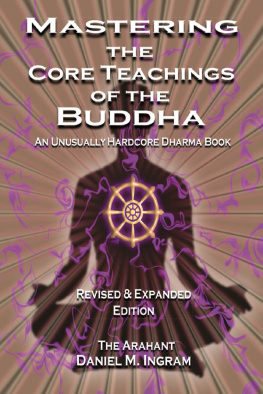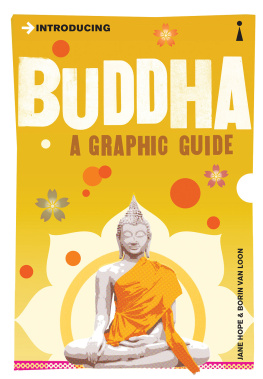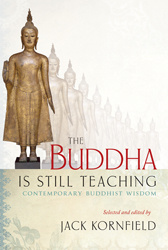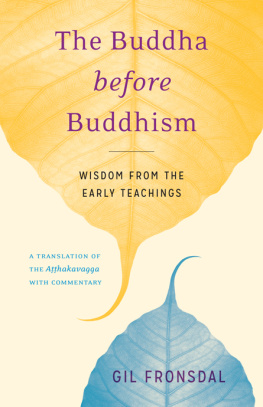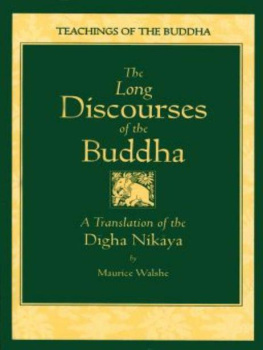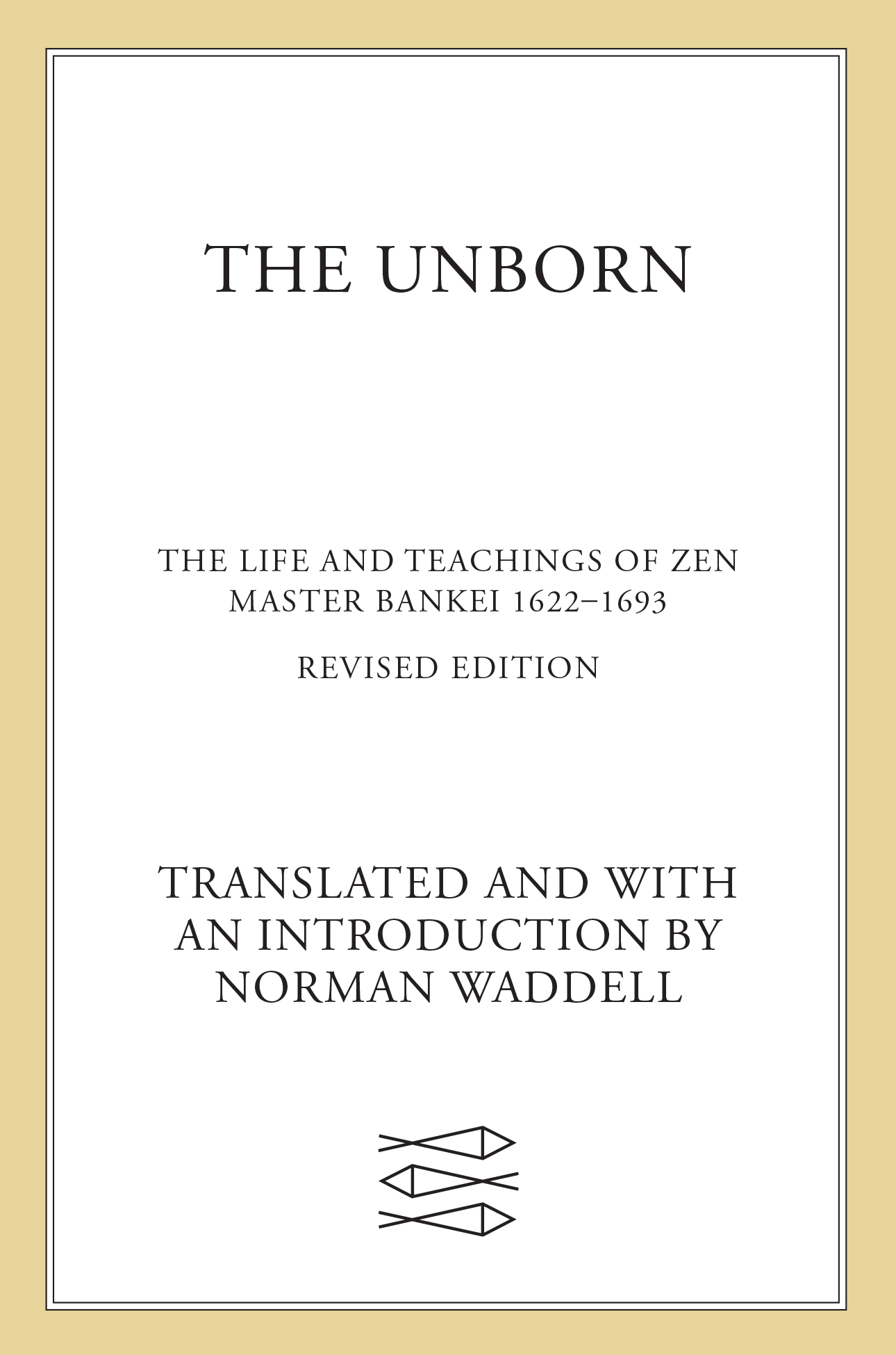The author and publisher have provided this e-book to you for your personal use only. You may not make this e-book publicly available in any way. Copyright infringement is against the law. If you believe the copy of this e-book you are reading infringes on the authors copyright, please notify the publisher at: us.macmillanusa.com/piracy.
Zen entered Japan at the time of the Southern Sung dynasty in China. Dgen (12001251) began to promulgate his version of Zen, which, although it came to be called St (the Japanese pronunciation of the Chinese Tsao-tung), is in fact Dgens own Japanese Zen, which grew and developed around his main work, the Shbgenz. The Rinzai sect, also introduced in the thirteenth century, brought to Japan the system and traditions of the Southern Sung Lin-chi school. Beyond that, it did not develop any characteristic Zen thought of its own worthy of mention. Later, when we come to the Tokugawa period (16031867), we see in the koan Zen of Hakuin (16851768) a new development in the methods or techniques of Zen practice and also, in a sense, a systematization of Zen thought. Slightly before Hakuins time, however, Bankei appeared. His Unborn Zen espoused a fresh departure for the first time since the Zen patriarch Bodhidharma. Unborn Zen is truly one of the most original developments in the entire history of Zen thought. Bankei, indeed, must be considered one of the greatest masters that Japan has ever produced. (Daisetz Suzuki, Studies in the History of Zen Thought: Bankei Zen)
The Japanese Rinzai Priest Bankei Ytaku (16221693) did not leave behind any written exposition of his Zen teaching, and he gave strict orders that no one else was to reduce it to writing. But records were made nonetheless, his followers being unable to bear the thought that their masters words and deeds should go unrecorded and, as one of them put it, just left for the sparrows to play around with. So although much more was lost than they were able to commit to paper, we must be grateful for the record they have preserved for us: it is our sole means of learning about his Unborn Zen.
This account of Bankeis life and teaching begins with an introduction tracing the course of his religious career. It is based on material compiled by his disciples and on references Bankei himself makes to his life in the course of his sermons. It has considerable interest as religious biography and should also provide readers with the background from which his unique Zen pedagogy emerged.
The remainder, and bulk, of the book is made up of translations from Bankeis records. Bankei is best known for the colloquial sermons (talks would perhaps be a better word to describe them) that he preached tirelessly to the eager students who came to him in great numbers from all over Japan. He delivered them in engagingly plain, everyday Japanese, the ordinary language of the common man. They are popular in the words best sense. No one had brought Zen to the layman in such an informal and yet thoroughgoing manner. These vernacular sermons are given here virtually in their entirety. They are followed by an extensive selection from the records of the conversations Bankei had with the students and priests who came to him for Zen interviews, the teacher-pupil confrontations familiar to Western readers of Zen literature. Together, the translations of the sermons and dialogues demonstrate the basic religious standpoint of Bankeis teaching of the Unborn and provide a comprehensive picture of his style of Zen, which, in its genius, utter simplicity, and all-rounded wholeness, recalls nothing so much as the great Chinese masters of Zens golden age in the Tang dynasty.
Renewed interest in Bankei and his teaching has come about only in the last fifty years or so. It is due almost entirely to the efforts of the late Suzuki Daisetz. In a series of classic works published in the early 1940s, Suzuki clarified for the first time the true significance of Bankeis Zen and its high place in the history of Zen thought, rescuing Bankei from the obscurity of two and a half centuries of near-total neglect. Despite the literature that has grown up in the years since these studies appeared, Suzuki remains Bankeis best interpreter. His studies of Unborn Zen are, with few exceptions, the only ones that come to terms with its simple yet profound meaning. Anyone who studies Bankei must be deeply indebted to this great Zen scholar and teacher.
The work on these translations occupied me on and off for about fifteen years. Much of the material appeared in the pages of Eastern Buddhist, the journal of the Eastern Buddhist Society, Kyoto. I wish to take this opportunity to acknowledge a long-standing debt of gratitude to Dr. Nishitani Keiji, for answering patiently over the years the kind of question only he could answer. I am also grateful to Mr. Sugawara Yoshimune of the Krin-ji, for permission to use the self-portrait of Bankei reproduced on the jacket, and to the Futetsu-ji in Aboshi, for permission to reproduce the example of Bankeis calligraphy (the two Chinese characters fu-sh, or Unborn) at the beginning of each chapter.
For this new edition, I have retranslated one or two paragraphs I felt stood in need of revision and corrected half a dozen or so misprints that had come to my notice over the years. I have also taken the opportunity to add a new section to the work. It is a translation of the greater part of UnnecessaryWords (Zeigo), a collection of Bankeis talks and dialogues that had been represented in the original edition by only a handful of entries. Now, twenty years after Bankeis records first appeared, I can only wish that this new edition will be received as warmly as the first one was. More than anything else, I hope it will convince a new generation of readers that Bankei is, as that wise man Daisetz Suzuki pointed out, one of the truly great figures in the history of the Zen school.
Norman Waddell
Boro-an, Kyoto, 1983, 1999
Bankei Ytaku was born in 1622, on the eighth day of the third month at Hamada, a small village on the shore of the Inland Sea, in the province of Harima, in what is now eastern Hyg prefecture. For reasons not now known, Dsetsu resigned this post and, as a masterless samurai, or rnin, crossed over the Inland Sea to the province of Bitch. There he married a Miss Noguchi and, after moving twice more, settled finally in Hamada, where he presumably gained a livelihood through the practice of medicine. Bankei was one of nine children born to them, the fourth of five sons. His boyhood name was Muchi, which translates roughly as Dont fall behind! When Bankei was ten, his father died, leaving the duty of raising him and the other children to his mother and his eldest brother, Masayasu, who continued the family tradition as a practitioner of Chinese medicine.
The records of Bankeis life reveal that he was an intelligent, highly sensitive child but at the same time rather unruly and uncommonly strong willed.
His mother later told him that even at the young age of two or three he showed a distinct aversion to death. The family found that by talking about death or pretending to be dead, they could stop his crying. Later, when he made a nuisance of himself by leading the neighborhood children in mischief, the same methods were used to bring him into line.


